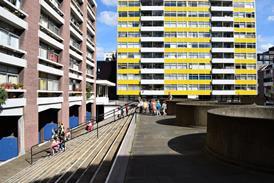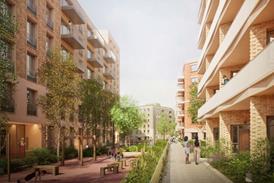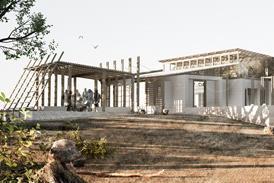- Home
- Intelligence for Architects
- Subscribe
- Jobs
- Events

2025 events calendar Explore now 
Keep up to date
Find out more
- Programmes
- CPD
- More from navigation items
Will the next London Plan rise to the city’s real challenges?

Ben Derbyshire reflects on Sadiq Khan’s latest policies to boost housebuilding in the capital
You could be forgiven for thinking, following Sadiq Khan’s volte face on building in the green belt, that Londoners would be all over this issue like a rash. Far from it, if the mood among members of the London Society and the London Forum of Amenity and Civic Societies at a meeting convened on 13 May is anything to go by.
This content is available to registered users | Already registered?Login here
You are not currently logged in.
To continue reading this story, sign up for free guest access
Existing Subscriber? LOGIN
REGISTER for free access on selected stories and sign up for email alerts. You get:
- Up to the minute architecture news from around the UK
- Breaking, daily and weekly e-newsletters
Subscribe to Building Design and you will benefit from:

- Unlimited news
- Reviews of the latest buildings from all corners of the world
- Technical studies
- Full access to all our online archives
- PLUS you will receive a digital copy of WA100 worth over £45
Subscribe now for unlimited access.






